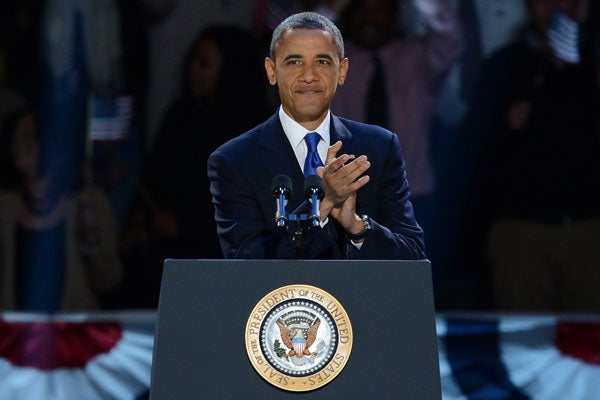Raising the debt limit when you are already in debt and have no serious plan to cut spending isn’t good sense—for individuals or for governments.
The federal government is borrowing more and more money without a plan to balance its budget now or in the future—just like the wayward father in this easy-to-understand video from Debt Limit USA. With President Obama seeking the ability to raise the country’s debt limit all by himself—without the approval of Congress—this video from 2011 is again incredibly timely.
But Obama did not always have this stance on America’s debt. Then-Senator Obama in March 2006 decried the government’s inability to “pay its own bills,” calling a raise in the debt limit a “leadership failure”:
The fact that we are here today to debate raising America’s debt limit is a sign of leadership failure. It is a sign that the U.S. Government can’t pay its own bills. It is a sign that we now depend on ongoing financial assistance from foreign countries to finance our Government’s reckless fiscal policies.
Those “reckless fiscal policies” saddled future generations with the “burden of bad choices,” Obama said:
Leadership means that “the buck stops here.” Instead, Washington is shifting the burden of bad choices today onto the backs of our children and grandchildren. America has a debt problem and a failure of leadership. Americans deserve better. I therefore intend to oppose the effort to increase America’s debt limit.
Now that Obama is in the executive seat, he wants to not only raise the debt limit but do so without congressional debate. How things have changed. Senator Rob Portman (R-OH) and 43 other U.S. senators responded in a letter to Obama’s efforts to shift this administration’s bad choices “onto the backs of our children and grandchildren”:
Before World War I, Congress often authorized borrowing on a case-by-case basis. Over time, Congress transitioned to setting fixed borrowing allocations that could be used to finance full categories of federal borrowing, until the first modern debt limit was set at $45 billion in 1939. Since then, Congress and the President have come together to raise the debt limit more than 100 times to its current level of $16.394 trillion.
Mr. President, while serving in the United States Senate, you acknowledged the Congress’s important role in establishing the debt limit when you voted against raising it in 2006. We believe that preserving Congress’s role in setting the debt limit is necessary to encourage deficit reduction and uphold our constitutional tradition of legislative control over borrowing.
Where will all this debt end up? Check out the video above to see the dad’s solution—which, sadly, is the solution lawmakers have turned to: future generations.

